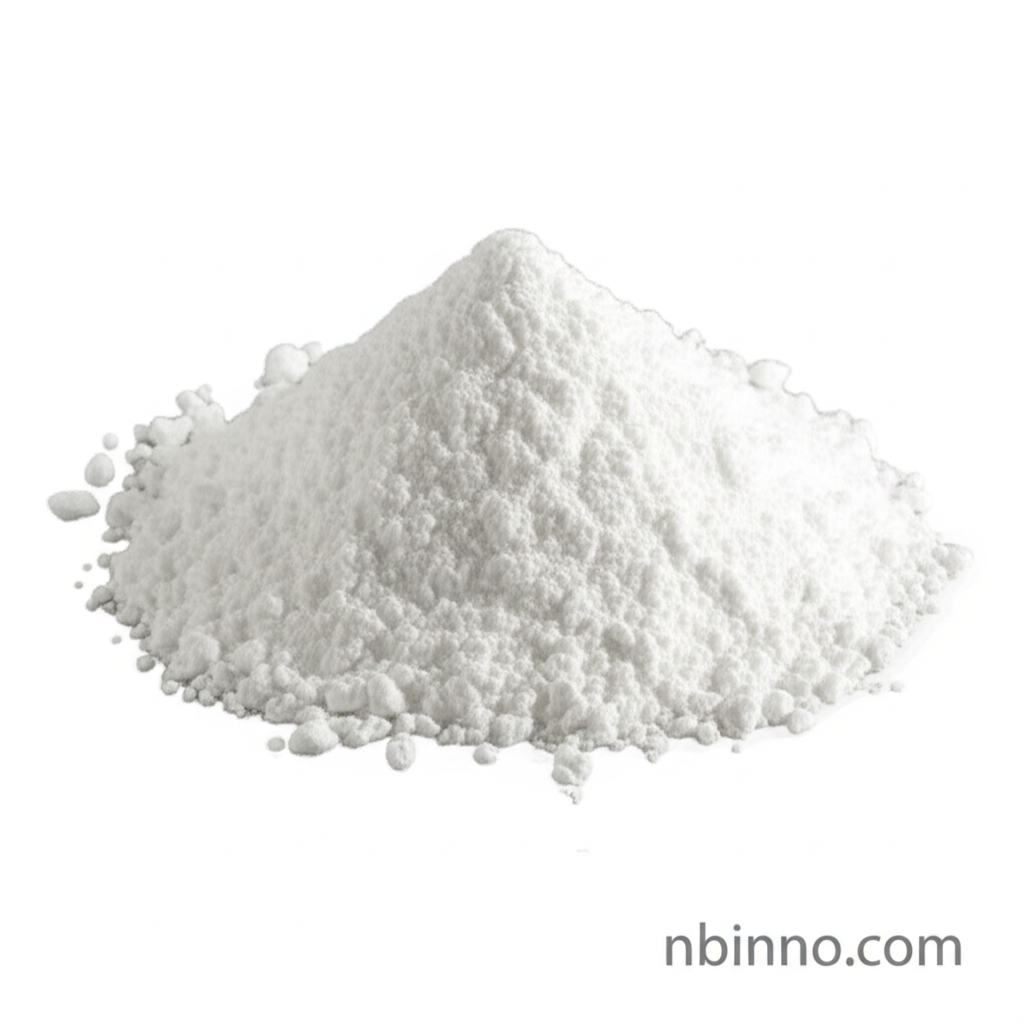Antimony Trioxide (Sb2O3): Enhancing Flame Retardancy Across Industries
Discover the essential role of Sb2O3 as a synergist, boosting flame retardant performance in polymers and beyond.
Get a Quote & SampleProduct Core Value

Antimony Trioxide
Antimony Trioxide (Sb2O3) is a highly effective synergistic agent that significantly enhances the flame retardant properties of various materials, particularly when used in conjunction with halogenated flame retardants. Its primary function is to reduce flammability by interfering with combustion processes, making it indispensable in safety-critical applications.
- Synergistic Flame Retardant Effect of Sb2O3: When combined with halogenated compounds, Sb2O3 forms antimony halide compounds at high temperatures, which create a protective surface layer and interrupt the chain reaction of combustion.
- Antimony Trioxide Flame Retardant Synergist: This synergist is crucial for meeting stringent fire safety standards in industries ranging from plastics and rubber to textiles and coatings.
- Antimony Trioxide for PVC Flame Retardant: It is widely incorporated into PVC formulations to improve their resistance to fire, enhancing the safety of cables, enclosures, and other plastic components.
- Antimony Trioxide in Polymer Compounding: Sb2O3 plays a vital role in polymer compounding, ensuring materials achieve desired flame-retardant characteristics without significant compromise to their mechanical properties.
Key Advantages
Enhanced Flame Retardancy
Leverage the synergistic flame retardant effect of Sb2O3 to achieve superior fire resistance in your materials, meeting demanding safety regulations.
Versatile Applications
Utilize Antimony Trioxide as a flame retardant synergist across a broad spectrum of materials, including plastics like PVC and ABS, and in textile applications.
Effective in Polymer Compounding
Improve the fire performance of polymers during polymer compounding, ensuring your end products are both safe and durable.
Key Applications
Plastics and Rubber
Sb2O3 is essential for improving the flame retardancy of plastics like PVC, ABS, and polyolefins, crucial for safety in electronic casings and automotive components, leveraging the antimony trioxide for PVC flame retardant properties.
Textile and Chemical Fiber
Used in fire-resistant clothing and curtains, achieving flame-retardant effects through coating or blending processes, highlighting its utility as an antimony trioxide flame retardant synergist.
Paints and Coatings
Incorporated into paints and coatings to provide an additional layer of fire protection, contributing to overall material safety and performance.
Glass and Ceramics
Functions as a clarifier in glass manufacturing and is used in ceramic glazes and pigments, showcasing its diverse industrial roles beyond flame retardancy.
